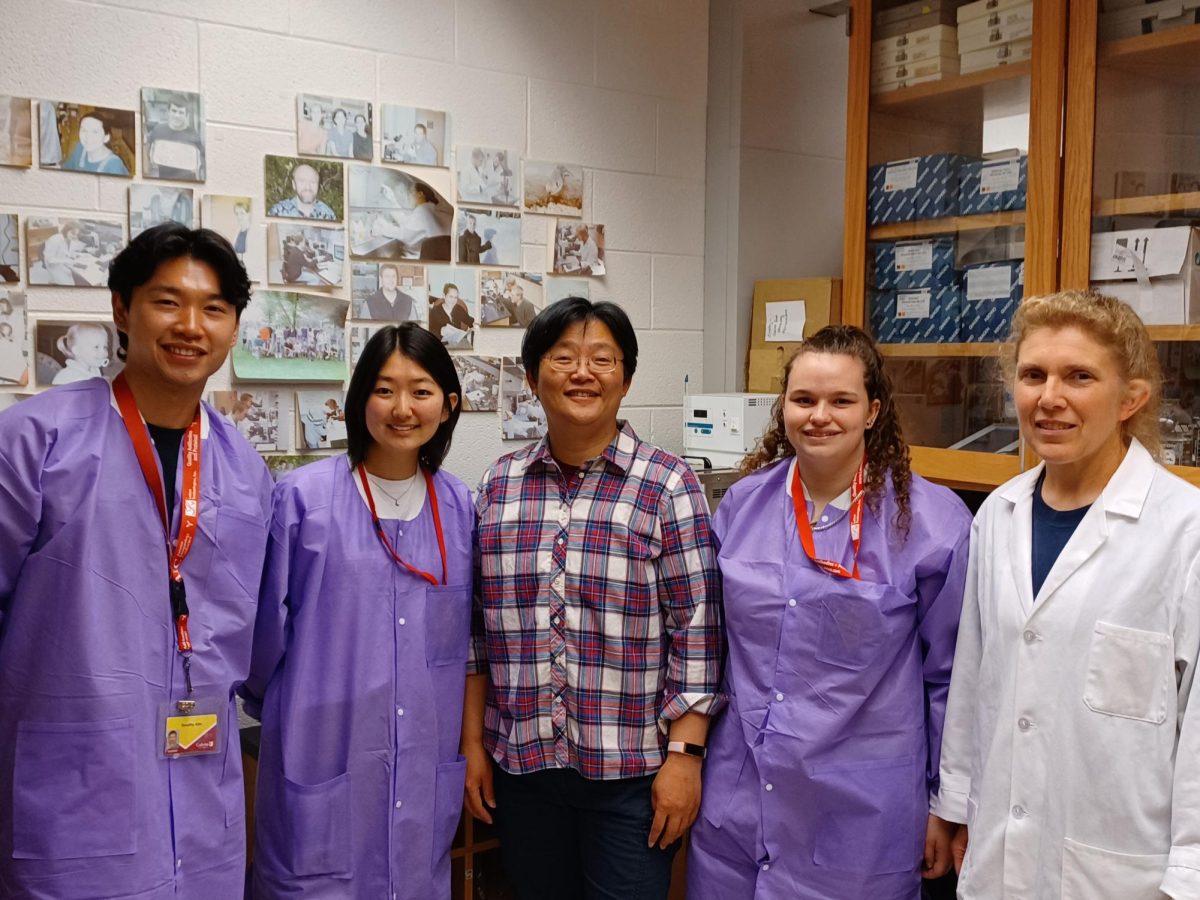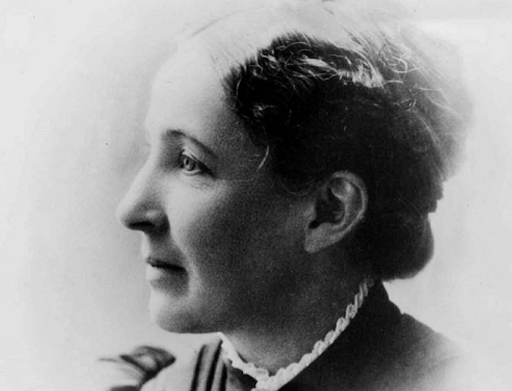America’s honey bees are dropping out of the sky, and several recent studies claim that pesticides are the ones shooting them down.
Colony Collapse Disorder (CCD) has been worrying farmers and beekeepers for years. The U.S. Department of Agriculture estimates that American beekeepers lost about a third of their colonies every winter between 2006 and 2011. In 2006 alone, beekeepers reported losing between 30 and 90 percent of their bees. Around one-third of those lost colonies are thought to have fallen prey to CCD.
CCD is particularly difficult to diagnose, because no forensic analysis can be done on missing bees. And that’s just what CCD looks like: thousands of bees leave the hive and, apparently, get lost. There are no bodies. The honey, the colony’s queen, and the hive’s brood of immature bees all appear untouched. But there are few to no adult bees left. The colony is over.
If honey bees are doomed, so are many of our favorite crops. Cherries, almonds, watermelons, coconuts — honey bees are necessary or essential to about a third of our food production. The USDA calculates that bee pollination drives $15 billion in increased crop value each year.
So when Kevin Hackett, national program leader for the USDA’s bee and pollination program calls CCD “the biggest general threat to our food supply.”
But what’s killing the bees? Countless factors have taken blame in recent years, from deforestation and habitat loss, to the increase of vast single-crop fields, to pathogens, declining honey bee genetic diversity or genetically-modified crops with insecticides laced into their genomes. Of course, CCD could be driven by several or all of these factors mingling and converging to one deadly result.
Thankfully, several new studies have given scientists a foothold in the battle against CCD by pointing to a particular class of pesticides that may contribute significantly to the disorder. Neonicotinoids, or “neonics,” are chemically derived from nicotine, a defensive compound produced naturally by many plant species.
Neonics were developed in the 1980s by Shell Oil and German chemical heavyweight Bayer as an alternative to more potent pesticides — which, ironically, were also blamed for honey bee deaths. Today’s neonicotinoids are added to 142 million acres of corn, wheat, soy and cotton seeds across the U.S. They also show up in home gardening products.
A report recently published in the journal Science claims that neonics seep into plant vascular systems, eventually poisoning the bees’ targets: pollen and nectar. The pesticides then act as a nerve toxin, scrambling the bees’ homing instincts and getting them irreparably lost. Unable to return to their hives, the bees perish.
Another report, this from the American Chemical Society’s “Environmental Science and Technology” journal, says that when neonic-dusted seeds are tossed around during planting, the resulting pesticide cloud exhibits “lethal effects compatible with colony losses phenomena observed by beekeepers.”
Researchers at the Harvard School of Public Health lightly dosed test bees with a neonic called imidacloprid and stood back to watch as their colonies collapsed. Purdue University scientists observed bees in collapsing hives and reported the tremors, uncoordinated movement, and convulsions indicative of pesticide nerve toxins.
It’s no secret that pesticides are a danger to agriculturally useful insects, like lady bugs and honey bees, as well as those insects deemed pests. Other countries have taken steps to ban or limit the use of certain compounds implicated in honey bee death; France long ago put the kibosh on imidacloprid, the chemical used by Harvard researchers to induce CCD.
Other researchers aren’t so sure that neonics — or pesticides in general — are to blame. They point to invasive mites introduced in the 1980s and 90s, which have been found in many collapsing hives.
Other possible culprits are the practices used to mass-produce commercial bee populations. Each spring, millions of colonies are shipped to fertile lands such as California’s central valley. Like America’s cows, pigs and chickens, these bees are churned through “factory farm”-style enterprises, where they are fed high-fructose corn syrup, their bodies are coated with mite poison, and the queens are artificially inseminated. Surely, say scientists, this unnatural set-up can’t signal a healthy honey bee future. But could it send millions of colonies into free fall?
It’s likely that all of these factors, acting together, are to blame. Unfortunately, many of these problems stem from human lifestyle choices, like altered agricultural practices and urban sprawl. Neonics provide a comforting scapegoat; it’s far easier to eliminate one toxic family from our pesticide repertoire than to reverse the trend toward monoculture farming practices. We need honey bees, and it’s time for us to decide how far we’re willing to go to save them.








